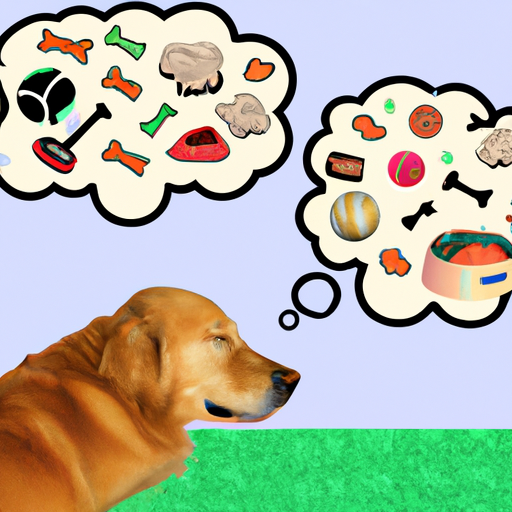Introduction to the Dreaming Dogs
You’ve probably watched your beloved four-legged friend twitching or whimpering in their sleep and wondered, “Do dogs dream?” The short answer is yes, they do. But let’s delve deeper into the world of canine dreams and explore why they dream, what they dream about, and how it impacts their overall behavior and health.
Why Dogs Dream
Just like humans, dogs go through various stages of sleep, including the Rapid Eye Movement (REM) phase, which is associated with dreaming. Dogs, especially puppies and senior dogs, spend most of their sleeping time in this phase.
When dogs enter the REM phase, their brain activity increases, similar to the level when they are awake. This heightened brain activity enables them to dream vividly. It’s nature’s way of helping them process their day-to-day experiences, learn from them, and store important information.
What Dogs Dream About
Your dog’s dreams are likely composed of their daily activities. This could include chasing a ball, running in the park, digging in the backyard, or any other activity that they particularly enjoy or invest significant time in.
- Chasing: If your dog’s legs are twitching or they’re making running motions, they might be dreaming about chasing something or someone.
- Playing: Gentle paw movements might indicate that your dog is dreaming about playing with their favorite toy or their fellow furry friends.
- Eating: If your dog seems to be chewing or smacking their lips, they might be dreaming about a delicious treat or meal.
The Importance of Dreams for Dogs
Dreams play a crucial role in your dog’s mental health. They allow dogs to work through their experiences, emotions, and even fears in a safe environment. They also help in memory consolidation, ensuring that your dog retains important information and lessons.
- Emotional Processing: Dreaming allows dogs to deal with emotions they’ve experienced throughout the day, which can help reduce stress and anxiety.
- Memory Consolidation: During dreams, a dog’s brain sorts and stores important events from the day, contributing to better learning and memory.
- Problem Solving: Dogs might also dream about challenging situations and explore different responses, helping them navigate these situations better when awake.
How to Support Your Dog’s Sleep and Dreams
As a loving caregiver, you can support your dog’s sleep and dreams by ensuring they have a comfortable and quiet sleeping environment. Regular exercise and a balanced diet can also promote better sleep.
| Do’s | Don’ts |
|---|---|
| Provide a comfortable bed | Don’t disturb them during REM sleep |
| Maintain a consistent sleep schedule | Don’t feed them late at night |
| Ensure regular exercise | Don’t ignore sleep disturbances |
FAQs
Q1: Should I wake my dog if they seem to be having a nightmare?
A: It’s best to let sleeping dogs lie. Waking your dog abruptly from a dream can confuse or startle them.
Q2: How much do dogs sleep?
A: Dogs typically sleep for about 12-14 hours a day, but this can vary depending on their age, breed, and health.
Q3: Do all dogs dream?
A: While we can’t confirm if every single dog dreams, scientific evidence suggests that most dogs, if not all, do indeed dream.
Q4: Is my dog’s dream behavior normal?
A: Yes, it’s completely normal for dogs to twitch, whimper, bark, or move their paws during their sleep. However, if you notice excessive movement or distress, it’s best to consult with a vet.
Understanding your dog’s dreams can give you a unique insight into their mind and help you provide them with even better care. So next time your furry friend falls asleep, know that they’re off on another dream adventure.



